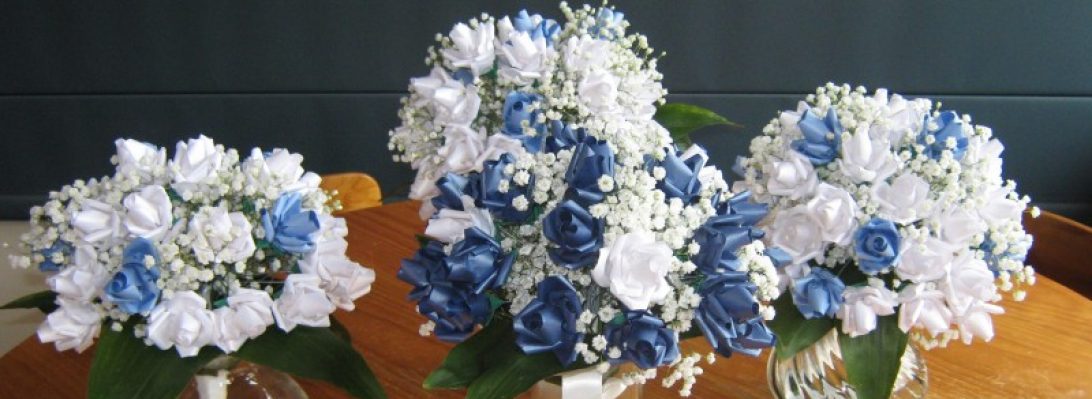As a palette cleanser in-between gallery projects, I turned to my “must fold” pile and decided to have a crack at PRWorigami’s “Artichoke” Kusudama:

Vaguely resembling Xander Perrott’s “Conglomerate” in overall model morphology, the two designs are really different. “Artichoke” has deepish pockets and tabs, with friction locks whereas Xander’s has much more positive locking – multiple locks per unit.
The folding sequence relies a lot on alignment, making the risk of inaccuracies pretty high – certainly I got better at consistently folding angles as the unit production line progressed, but the points here rely on precision, getting pointy tidy points here is difficult.
Continue reading













